With archival footage becoming one of the main themes of this year's DOK Leipzig Festival, many creative ways of repurposing older materials were explored in various sections and industry events. Amongst them was Dutch-Indonesian “Tropic Fever”, which took part in the competition for Best International Documentary. Due to its revisionist premise, it stood out among many productions whose makers decided to delve into the archives in search for the perfect material. Not only were the creators (a trio of Mahardika Yudha, Robin Hartanto Honggare, and Perdana Roswaldy) using found footage to tell a new story, but they also attempted to recontextualize and decolonize the original material. Although the starting point of using colonial footage to retell the story of life on plantations in the Dutch East Indies (now Indonesia) was a fascinating one, the end product is ultimately lacking in a more pointed, discursive element.

The film's premise seems well-intentioned, and fits into a more general trend of creative and ironic usage of archive material in documentary cinema. The authors decided to use (a re-edited and reorganized for film's purposes) memoir by Laszlo Szekely, entitled “Tropic Fever”, as a narrative backbone around which the old photographs and reels of documentation were arranged. The used footage reconstructs and demonstrates how the pristine jungles of Sumatra were transformed on an industrial scale into tobacco plantations. Apart from the toll taken by nature, “Tropic Fever” quickly proves the colonizers also impacted the island's peoples in manifold fashion.
This is demonstrated via silent reels which paint a disturbing picture of the power dynamics on the plantation, without ever showing any explicit forms of violence directed towards the indigenous people on screen. The colonizers gain almost demonic qualities when the directors decide to zoom in on them, reciprocating their own gaze. Yet, these moments of real dread are rare, and the materials used in the film do not always come to life in a more captivating fashion. Another important issue here is that with an awkward voice-over read in a detached, non-emotional way, “Tropic Fever” sounds jarring.
Laszlo Szekely's rearranged text initially serves as a mere guidebook around the plantations. Following the later developments, the film's relationship to its narrated text becomes more complicated, or even questioning. With his racist insights and observations, Szekely the subject-narrator, turns into an object – another relict of the past who cannot be relied upon. Informed by colonialist ideology, both the text and the visual materials tell one version of the story of the plantations. With the directors' aim of reclaiming the archival materials, one begins to wonder how exactly is the reclaiming process carried out in the film.
Using Szekely's words and repurposing them is an interesting intellectual endeavor, however, the film ultimately lacks some counterpointing sequences. Perhaps a different perspective, like that of the native population working on plantations, could really illustrate how the narrator's perception of life on plantations is mismatched with that of the worker. The directors chose to rely only on Szekely's memoirs, thus not going down a more confrontative path of finding a contrasting testimony. The eponymous Tropic Fever is a term describing the process of the colonizers losing their humanity whilst in the jungle. The evil deeds they commit come, as if, from their surroundings, and not from within. Or at least, so Szekely would have us believe.
If this is a film about the misperception of certain spaces, and about how power structures allowed racism and colonialism to flourish without being confronted, it certainly lacks a mirror image. Something that could highlight Szekely's inaccuracies and add depth to the reconstruction attempted by the directors. The archive footage used in the film feels largely illustrative. It does not tell a narrative of its own (apart from the aforementioned scenes with the colonizers), and words rarely clash or contrast with the images. As if the materials unearthed from the Dutch archives were not treated with enough scrutiny, and weren't watched critically enough, to be reinterpreted in a more subversive way.


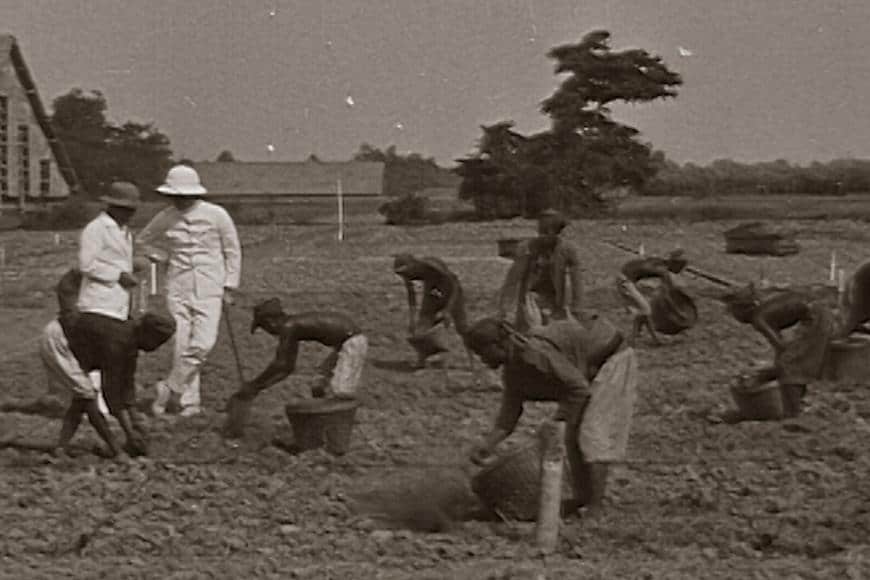

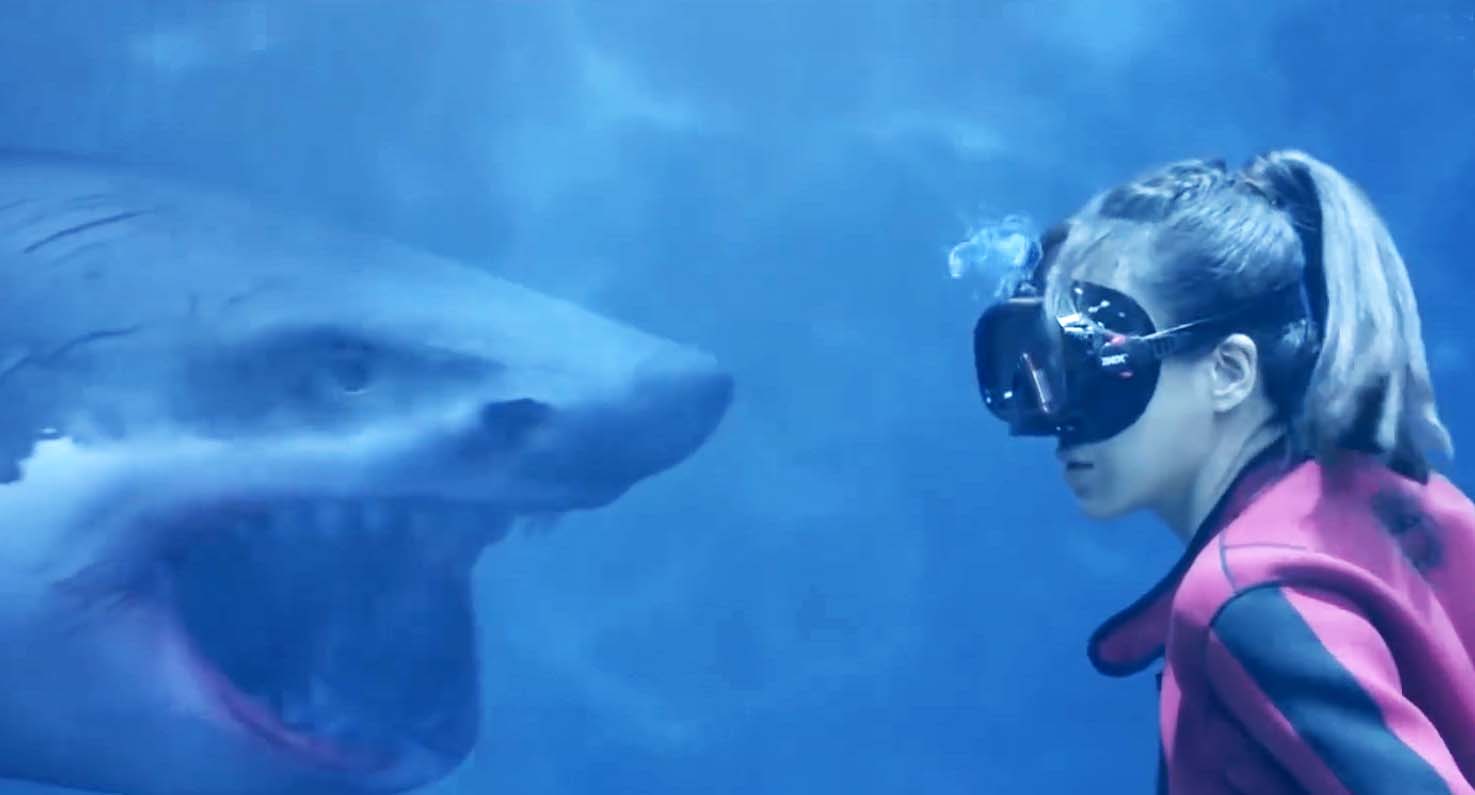
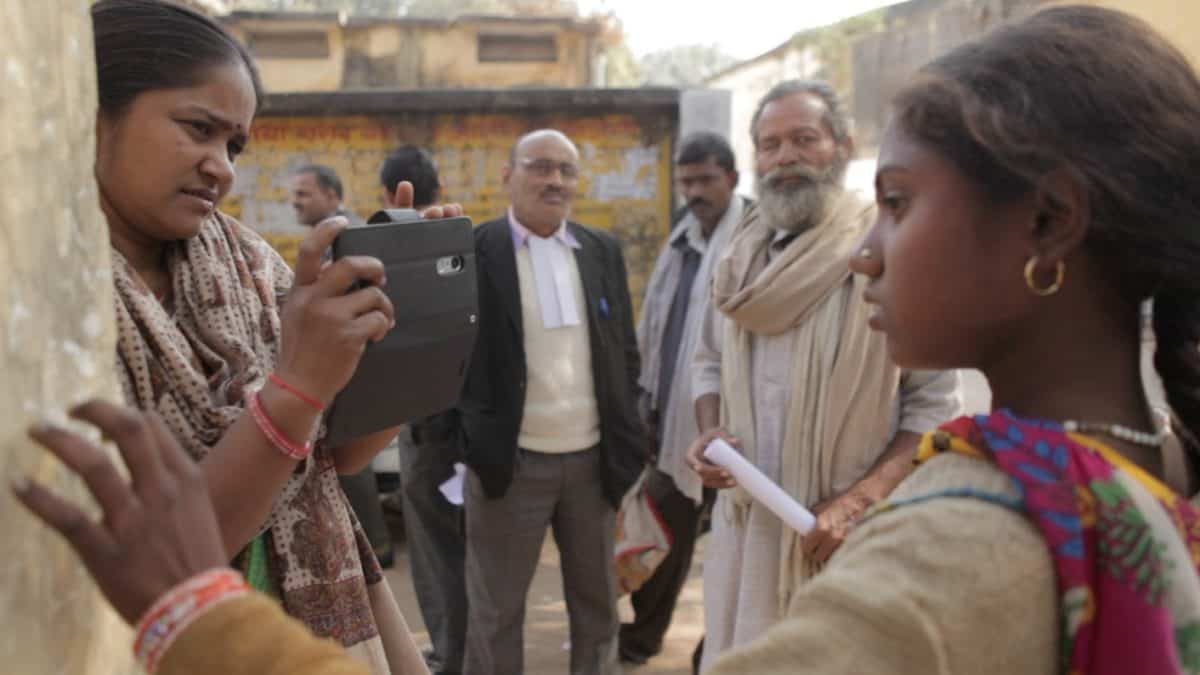

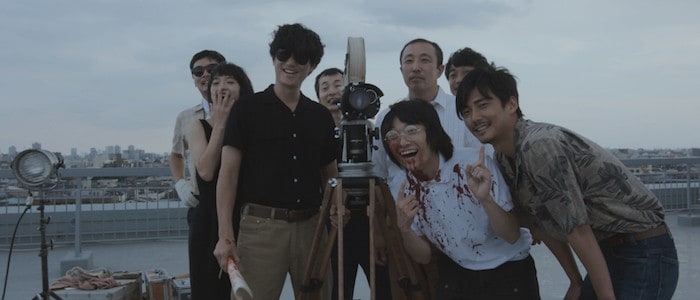
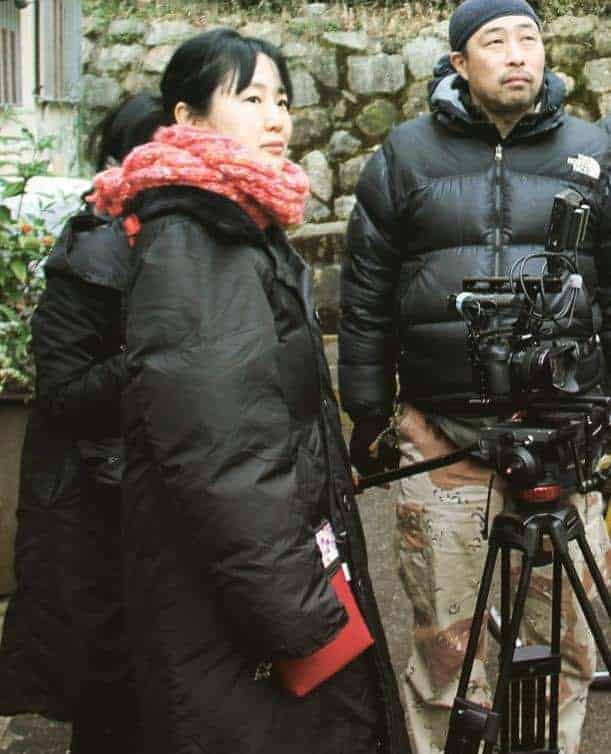
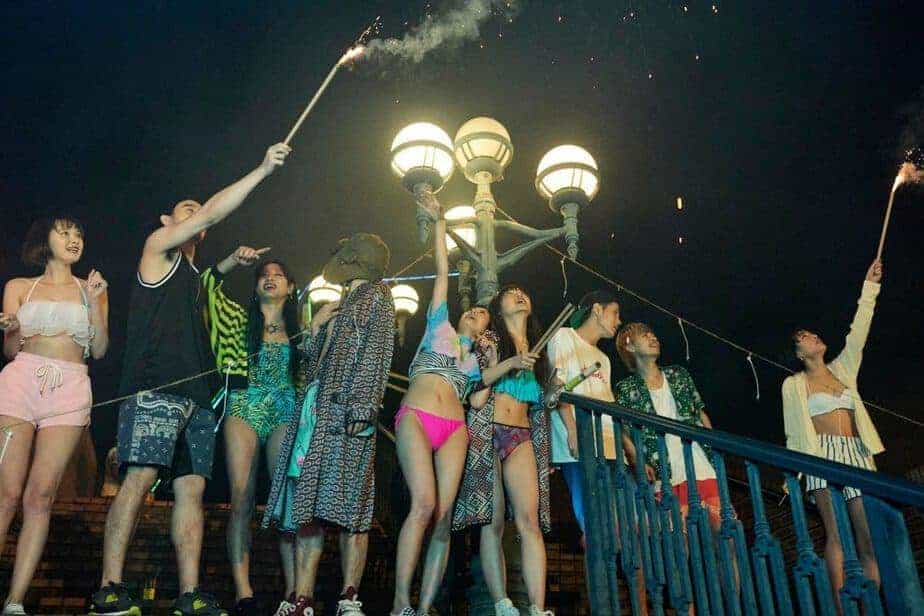







The film title and the book title are incorrect. it should be Tropic Fever